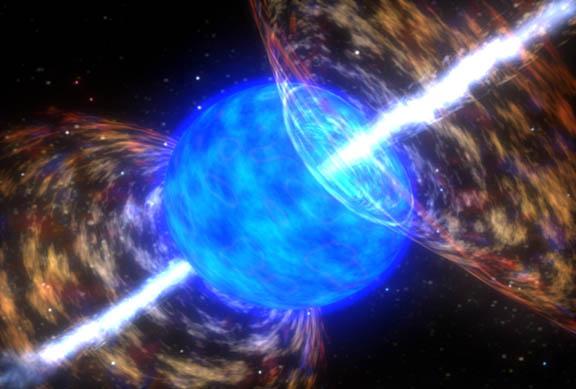Despite discovering hundreds of exoplanets known as “super-Earths,” astronomers still don’t know what they’re made of.
They’re larger than Earth but smaller than Nepture, and appear to be the most common type of exoplanet identified so far.
A super-Earth could be just that: a bigger version of Earth—mostly rocky, with an atmosphere. Then again, it could be a mini-Neptune, with a large rock-ice core encapsulated in a thick envelope of hydrogen and helium.
Or it could be a water world—a rocky core enveloped in a blanket of water and perhaps an atmosphere composed of steam (depending on the temperature of the planet).
“It’s really interesting to think about these planets because they could have so many different compositions, and knowing their composition will tell us a lot about how planets form,” says Heather Knutson, assistant professor of planetary science at California Institute of Technology (Caltech).




